We may earn money or products from the companies mentioned in this post. This means if you click on the link and purchase the item, I will receive a small commission at no extra cost to you ... you're just helping re-supply our family's travel fund.
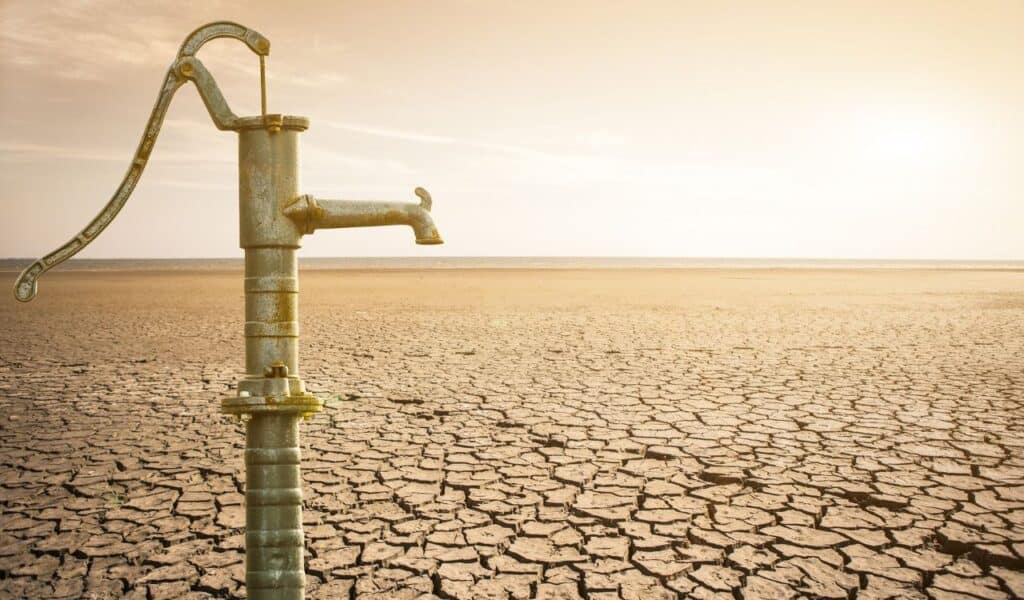
That classic American road trip you’re dreaming of, the one with shimmering lakes and rushing rivers, is changing. A quiet crisis is unfolding across the West, one that could ground your boat, close your hiking trail, or cancel your fishing trip without warning. Before you book your next adventure, you need to know about the 12 U.S. States Hit by Water Shortages That Disrupt Travel Plans.
Arizona: A Grand Canyon-Sized Challenge
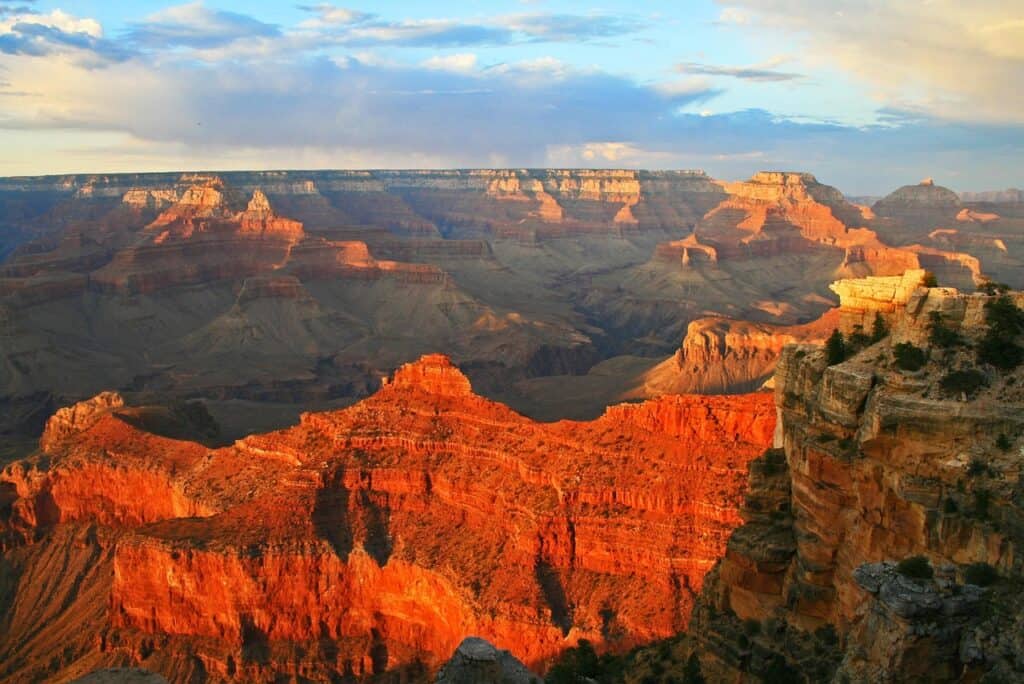
Planning that boating trip on Lake Mead? You might be shocked to find the marina is now a long, dusty walk from the water’s edge. Arizona is on the front line of a crisis so stark, it has left a 170-foot “bathtub ring” around the lake, stranding boat ramps and forever changing a classic American vacation. This isn’t just a distant problem; it’s a visible scar that directly impacts how you can experience one of the state’s premier attractions, turning a water paradise into a lesson on scarcity.
Nevada: High Stakes for the Silver State
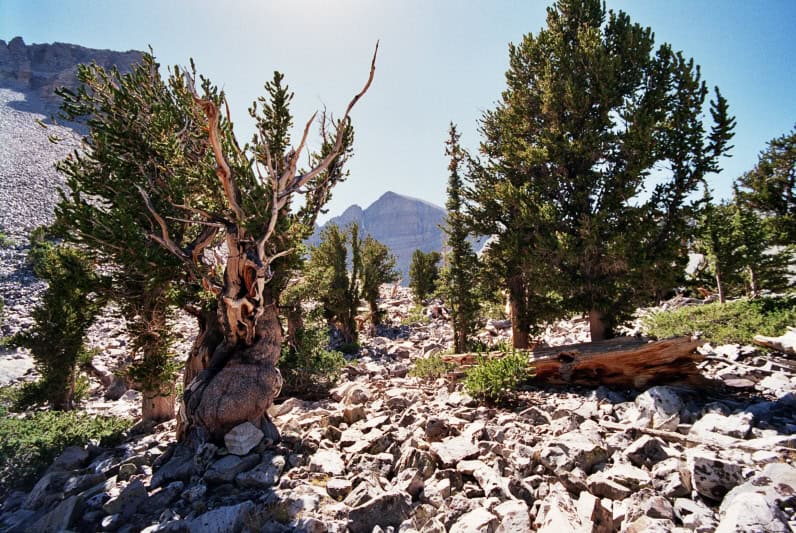
Don’t be surprised if the famous fountains in Las Vegas feel a little less extravagant on your next visit. The city’s very existence is a gamble on the dwindling waters of Lake Mead, and Nevada is responding with some of the country’s toughest water laws, including tearing out “non-functional” decorative grass. Your vacation here is now part of a delicate balancing act, a firsthand look at how a city built on spectacle is being forced to reckon with the reality of a shrinking water supply.
California: Wildfires and Water Woes in the Golden State
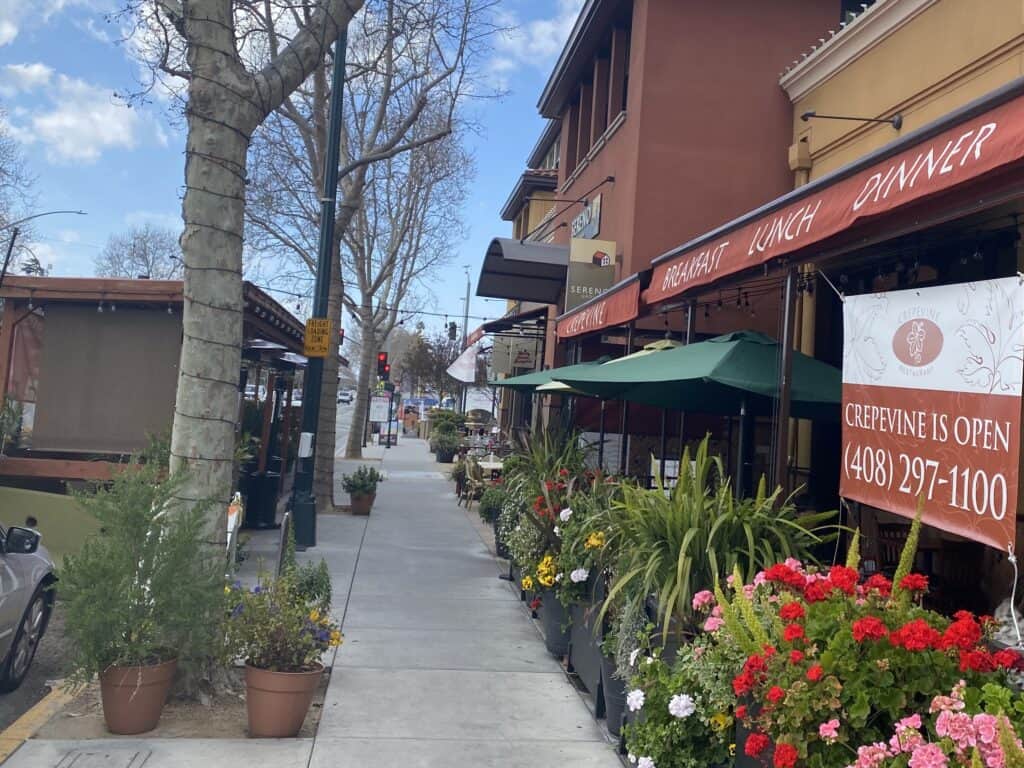
Dreaming of hiking through California’s golden hills? Be prepared for that dream to go up in smoke. The state’s deep drought has turned its landscapes into a tinderbox, making wildfire season a year-round threat that can shut down iconic parks like Yosemite without notice. This means your perfectly planned camping or hiking trip now requires a backup plan, as the very real danger of fire, fueled by the water crisis, could force you to evacuate or change course in an instant.
Colorado: Trouble at the Source
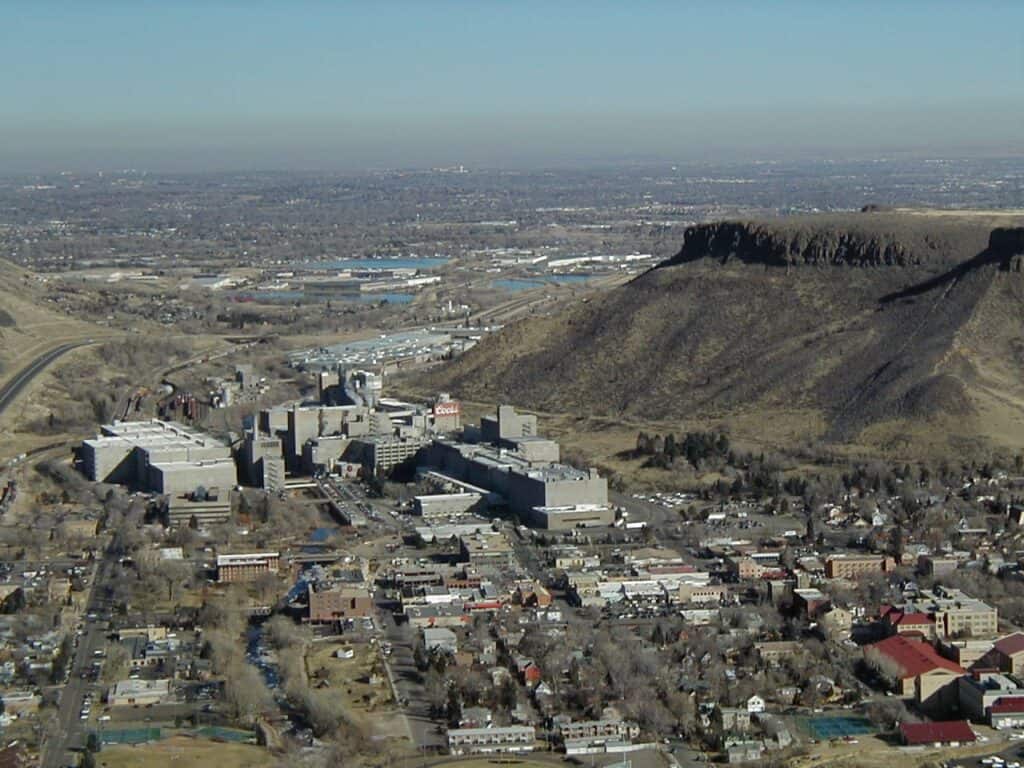
If you’re dreaming of a wild whitewater rafting trip in Colorado, you might need to temper your expectations. The state’s inconsistent snowpack means the river flows that fuel the adventure are often tamer than they used to be, a direct consequence of the state’s vital role as the West’s “water tower.” This makes the list because the problem starts here, affecting not just your rafting trip but the water supply for millions of people and countless ecosystems downstream.
New Mexico: The Land of Enchantment Runs Dry
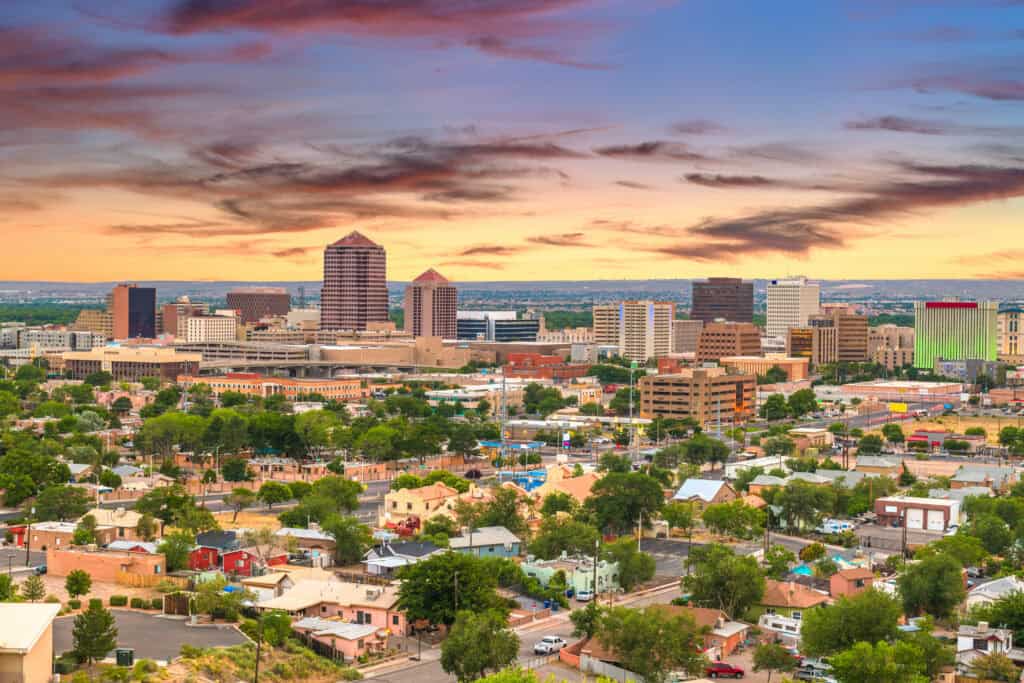
Imagine traveling to see the legendary Rio Grande, only to find parts of it are nothing but a dry, sandy channel. In New Mexico, this is a startling new reality, with sections of the iconic river ceasing to flow entirely near Albuquerque. This impacts everything from the cooling cottonwood forests to your plans for boating on reservoirs like Elephant Butte. Your visit here becomes a poignant experience, witnessing how a lack of water can alter a landscape celebrated in art and history.
Utah: A Strain on the Mighty Five
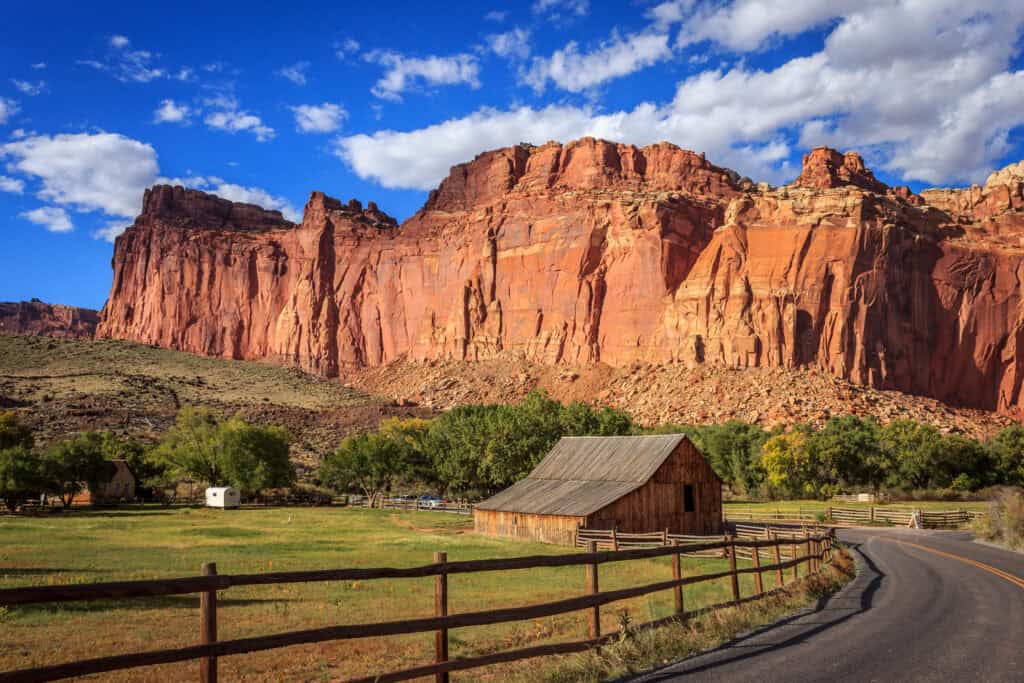
Your houseboating vacation on Utah’s Lake Powell might look very different these days. The nation’s second-largest reservoir has fallen so dramatically that it’s revealing long-drowned rock formations and canyons, an eerie but fascinating sight nicknamed the “Powell dividend.” While it creates a new, alien landscape for kayakers to explore, it has crippled the traditional houseboating industry and stands as a stark warning sign at the gateway to Utah’s “Mighty 5” national parks.
Oregon: A Tale of Two Oregons
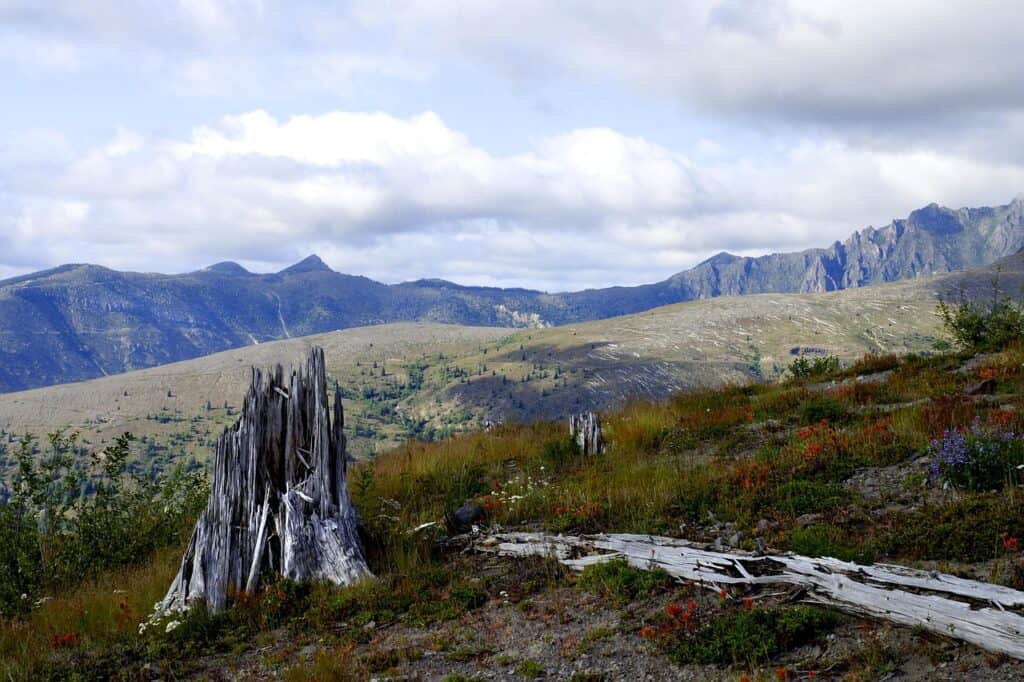
Thinking of a fishing trip to Oregon? You may be surprised to learn it’s not all lush, rainy forests. The eastern and southern parts of the state are in a severe drought, threatening its world-famous salmon and steelhead runs that rely on cold, fast-flowing rivers. This has led to restrictions on legendary fishing rivers like the Rogue. Your trip might now involve checking daily regulations, a clear sign that even in the famously green Pacific Northwest, water is a more precious commodity than ever.
Texas: The Lone Star State’s Shrinking Lakes
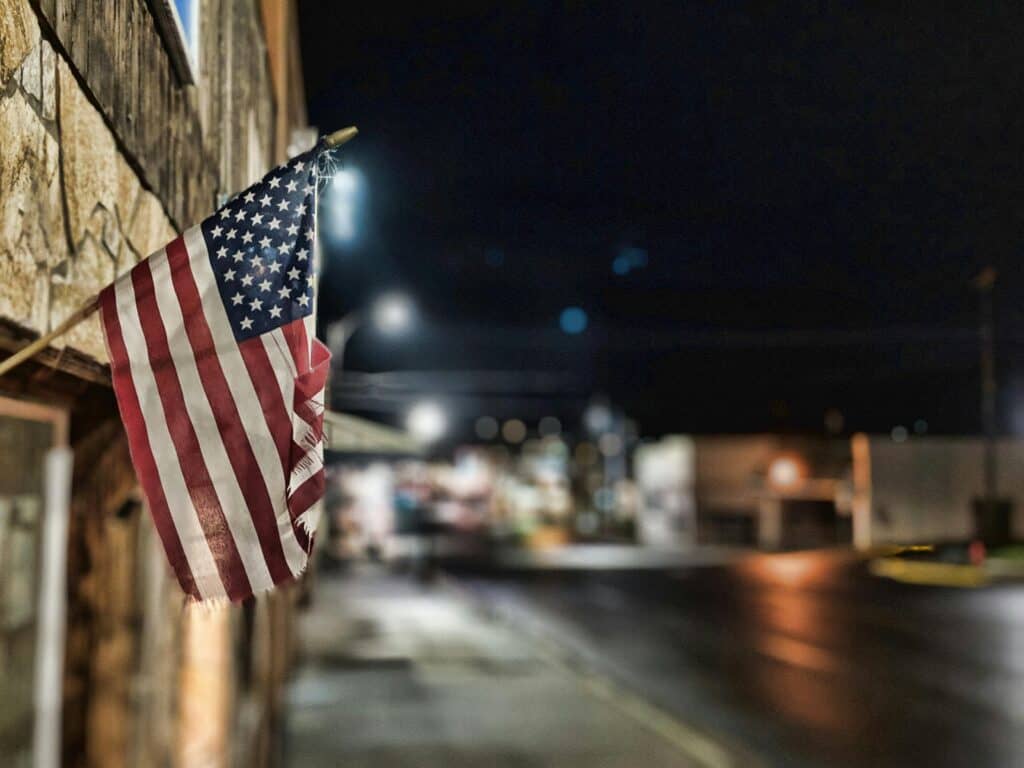
Imagine arriving at Jacob’s Well in Texas, a legendary swimming hole, only to find it silent and still. For the first time in recorded history, this iconic spring has stopped flowing entirely for long stretches, forcing its closure to swimmers. This isn’t just a fluke; it’s a haunting sign that the state’s water crisis is a force that can erase a treasured travel experience overnight. Your plans for cooling off in a Texas swimming hole might now require checking to see if it even exists anymore.
Wyoming: Headwaters Under Pressure
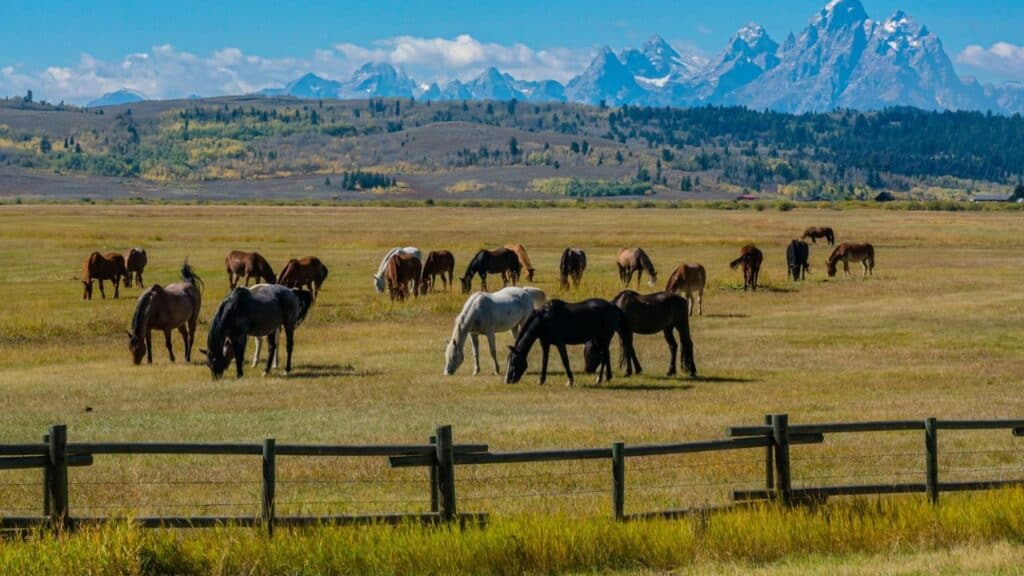
Your fishing trip to Wyoming depends on something that happens months before you arrive: snowfall. As a headwater state for three major river systems, Wyoming’s less reliable snowpack means less water for the world-class trout streams it’s famous for. This has a direct impact on the health of the fish and the quality of your angling experience. It’s a subtle but critical change, showing how your vacation is connected to the massive, complex water puzzle of the American West.
Idaho: Rivers and Recreation at Risk
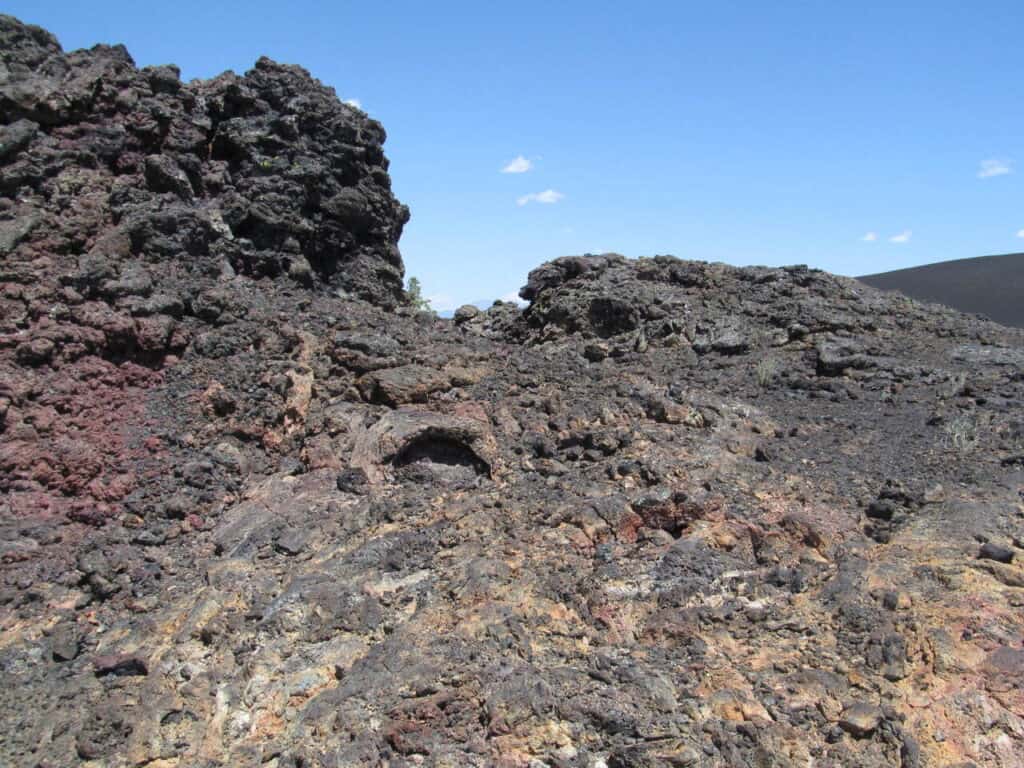
That thrilling whitewater rafting trip you’ve booked in Idaho might not be the wild ride you were expecting. The state’s identity is tied to its powerful rivers, but persistent drought has quieted the legendary flows of the Salmon and Snake Rivers. Outfitters are now forced to use smaller rafts or even cancel trips on certain sections. Your adventure plans are now at the mercy of the water levels, a direct consequence of a crisis that is taming the very wilderness you came to experience.
Washington: An Unprecedented Drought in the Evergreen State
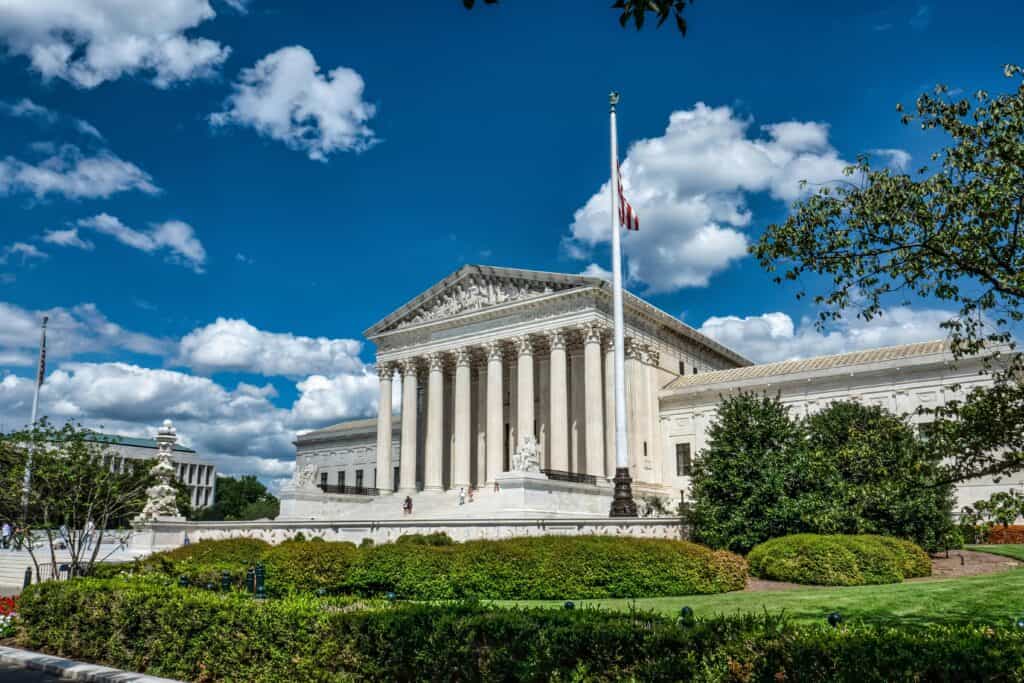
Don’t let the “Evergreen State” nickname fool you; your summer trip to Washington could be threatened by drought. For three years running, the state has faced a water crisis, not from a lack of rain, but from a shrinking winter snowpack. This means the reservoirs aren’t refilling for the dry summer, elevating wildfire risks in the Cascades and impacting fishing in areas like the Yakima Valley. It’s a strange paradox that could put a damper on your Pacific Northwest adventure.
Montana: Big Sky, Low Rivers
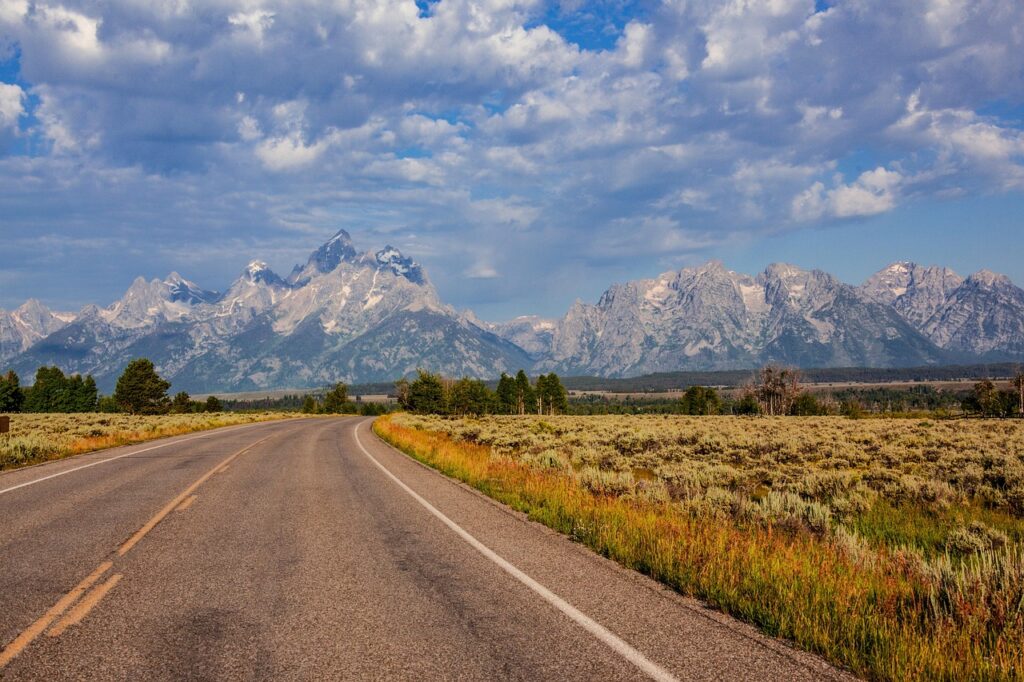
Planning to fly-fish in Montana? You might have to start your day at dawn. To protect trout from the stress of low, warm water, the state now issues “hoot owl” restrictions, banning fishing after 2 p.m. on its most famous rivers. This completely changes the rhythm of a classic fishing vacation and directly impacts an industry that draws anglers from across the globe. Your trip to “Big Sky Country” is now dictated by the thermometer, a clear sign of a climate in crisis.